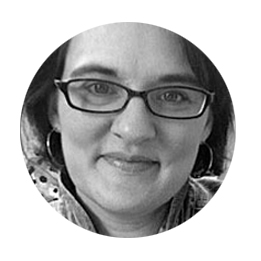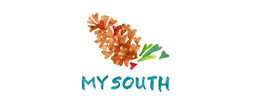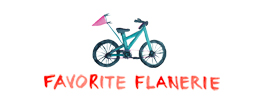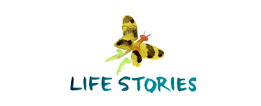The blue skies of Spring are beginning to take over the gray more consistently where I live. There’s something about a cloudless blue sky that gives me a sense of clarity. Continuing with my bonus color month, what other subtle messages are delivered with the color blue?
GENERAL IMPRESSIONS:
We often perceive the color blue as a constant in our lives because of its association with sky and water, and it serves as the calming agent among the primary colors. From deep navy and bright royal to blended teals and periwinkles, hues in the blue family offer a diverse, but calm, cool and collected palette. Because much of the earth is blue in the form of sky and sea, the color generally inspires confidence and reliability. Blue is appealing to both men and women almost equally, although men often report it as their most preferred color.
Blue almost universally symbolizes reliability, dependability and trustworthiness — hence the term, “true blue.” Physically, there is also evidence that seeing blue triggers the release of a tranquilizing chemical in the brain, producing a physical sensation of rest and calm. Generally, people report greater productivity and less anxiety when working in blue rooms, and exposure to the color has been shown to lower heart rate and body temperature. Therefore, basic blues often promote good mental concentration.
COLOR VARIATIONS:
Navy blue is perhaps the most serious in the color family and the shade most closely associated with power. Generally, darkening a color by moving the hue towards black infuses it with additional power. Thus, navy is synonymous with authority and credibility, but is also more approachable and friendly than straight black. The brightness of brilliant or electric blues shift the color away from more sedate versions. They lend a dynamic and exhilarating tone, and tend to engage the viewer more than calmer, traditional blues. Periwinkle blues have a warmer undertone that emanates from the purple used to mix them and are often seen as more playful and energetic. Teal blues are associated with a more upscale look, indicating rich and unique qualities. This version of blue is the least gender-specific and equally appeals to both men and women. Turquoise blue was named the color of the year in 2010 by Pantone, the company responsible for the print-industry standard color matching system. The color of the year represents the most prominent color trend viewed across multiple design disciplines where color palettes most effect marketing or merchandising success. Pantone describes the color as an “inviting, luminous hue inspiring thoughts of soothing, tropical waters.”
NEGATIVE ASSOCIATIONS:
Although shades of blue have universal appeal because of their association with Earth’s core water elements, it does have negative associations when applied to food. There are only a handful of blue tones present in food found in nature, and the color tends to create an appetite aversion.
Are you looking at blue skies today?



 Hello & welcome! I’m Haley Montgomery, and I’m the designer and owner of
Hello & welcome! I’m Haley Montgomery, and I’m the designer and owner of 















